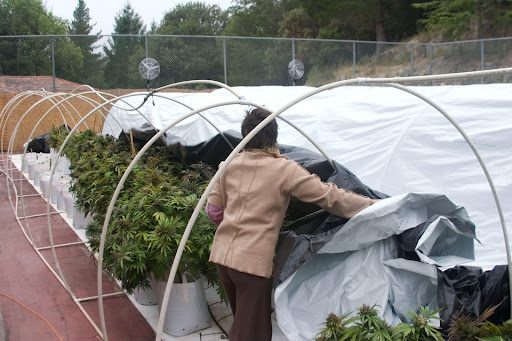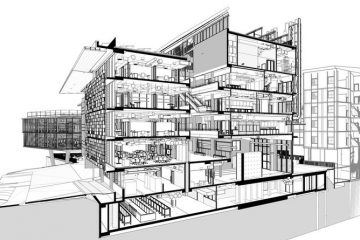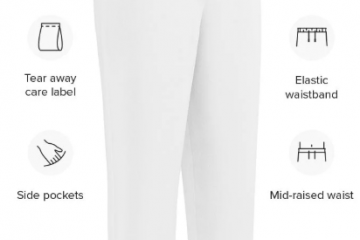What if you could control the sun itself to grow better crops? For many growers in California and across the United States this idea is no longer just wishful thinking. Thanks to light deprivation greenhouse plastic farmers are transforming how they cultivate high value crops like cannabis heirloom tomatoes and specialty flowers. This technology allows them to manipulate light cycles reduce disease pressure and improve harvest timing with remarkable precision.
What Is Light Deprivation Greenhouse Plastic?
Light deprivation greenhouse plastic is a specially engineered greenhouse cover designed to block all or nearly all sunlight when drawn over the structure. Unlike standard clear greenhouse film which allows natural light to flood in throughout the day this blackout material can create total darkness inside the greenhouse whenever growers choose. This simple capability is a powerful tool for modern agriculture.
The plastic itself is typically a multi layered polyethylene film often white on one side and black on the other. The black layer blocks light while the white layer reflects heat away maintaining a more stable temperature inside. In 2025 leading manufacturers have further improved these covers with UV stabilization and reinforced scrim layers to extend their lifespan in harsh California conditions.
Which Crops Benefit Most?
Although almost any photoperiod sensitive plant can benefit from this technology it is especially popular among growers of cannabis. Cannabis relies on precise daylength cues to transition from vegetative growth to flowering. By using light deprivation greenhouse plastic farmers can trigger flowering weeks or even months earlier than nature would allow. This provides multiple harvests per year and higher profitability.
Other crops like chrysanthemums certain berries and heirloom tomatoes also respond favorably to controlled light deprivation. Specialty flower producers in California’s Central Valley have been reporting record yields and improved flower uniformity by manipulating daylength with greenhouse cover systems.
Who Uses Light Deprivation Greenhouse Plastic?
Commercial cultivators of cannabis are the largest group adopting this approach. Since California legalized recreational cannabis competition has driven growers to optimize every aspect of production. But it is not just cannabis farms benefiting from blackout plastic. Many family farms boutique flower operations and organic vegetable growers are incorporating these systems to protect crops from excessive summer heat and extend the growing season.
The 2025 California Department of Food and Agriculture (CDFA) survey revealed that nearly 40 percent of specialty crop growers in the state are now using light deprivation techniques to maintain consistency and boost harvest numbers.
Where Is Light Deprivation Plastic Used?
You can find these innovative greenhouses across California’s agricultural counties. In Humboldt County and Mendocino County cannabis farms use blackout plastic to stagger harvests throughout the year. In Monterey County flower growers rely on the same technology to meet specific bloom windows for holidays and events. Even in Southern California deserts growers are leveraging light deprivation greenhouse plastic to mitigate intense sunlight and manage temperature fluctuations that would otherwise stress crops.
Why Does Light Deprivation Matter?
Timing in agriculture is everything. Light deprivation greenhouse plastic lets growers create precise light schedules that nature cannot provide consistently. For example cannabis requires about 12 hours of darkness daily to induce flowering. Without blackout capability growers must wait for the natural shift from long summer days to shorter autumn days. This limits the number of harvests each year and creates significant scheduling challenges.
Light deprivation also helps prevent mold and mildew. High humidity often builds up inside greenhouses during warm California evenings. By controlling when plants flower and when they are harvested farmers can avoid the most humid periods and protect sensitive crops. This reduces the need for chemical fungicides supporting more sustainable and organic farming practices.
When Did Light Deprivation Become Popular?
While some growers experimented with blackout tarps decades ago modern light deprivation greenhouse plastic became widely available in the 2010s. Early systems were cumbersome and prone to tearing. Over time manufacturers improved durability and ease of installation. By 2020 light deprivation greenhouses were common in many parts of the cannabis industry.
In 2025 new regulatory changes and incentives in California have accelerated adoption further. Updated energy codes and environmental regulations encourage growers to use more efficient covers that reduce heat buildup and lower cooling costs. Today’s advanced greenhouse cover products meet these standards while delivering better yields.
How Do Light Deprivation Systems Work?
A complete light deprivation system includes blackout greenhouse plastic a frame or track system for deploying the cover and sometimes automation equipment. Some growers manually pull covers over their structures each evening and retract them in the morning. Others have installed motorized systems that automatically open and close the blackout material on a timer.
Automation has become more accessible in 2025 as costs have decreased and solar powered options have improved. A modern light deprivation greenhouse can be programmed to maintain exact light and dark periods without daily manual labor. This ensures consistent results and reduces labor expenses.
Whose Responsibility Is It to Maintain Light Deprivation Systems?
The responsibility usually falls to the farm owner or greenhouse manager. Regular inspections of the plastic are critical. Even the best materials can suffer damage from wind abrasion or UV exposure over time. Most light deprivation greenhouse plastic comes with warranties of up to four years when properly installed and maintained. In California’s intense climate some growers budget for replacing covers every two to three seasons to guarantee full blackout performance.
Cleaning is also important. Dust and debris can reduce reflectivity and light blocking effectiveness. Many growers schedule monthly maintenance to inspect seams repair tears and wash the covers as needed.
The Future of Light Deprivation in 2025 and Beyond
Looking ahead innovation is driving even more improvements in light deprivation greenhouse technology. Manufacturers are experimenting with nanotechnology coatings that improve insulation and extend lifespan further. Some companies are developing smart greenhouse covers that integrate sensors to detect temperature humidity and light levels in real time.
For California growers competing in a demanding market these advancements offer more tools to improve quality and consistency. As regulatory frameworks evolve sustainable greenhouse production is likely to become a defining feature of successful farms.
Conclusion
In every corner of California agriculture the simple act of controlling light is changing the future of farming. Whether it is enabling year round cannabis harvests or helping flowers bloom exactly when they are needed light deprivation greenhouse plastic has become a cornerstone technology.
If you want to learn more or explore options for your own operation visit greenhouse cover to discover the latest materials and systems tailored to California’s unique growing environment. Light deprivation is no longer a niche technique. It is a proven strategy that saves crops boosts yields and supports the next generation of sustainable agriculture.





